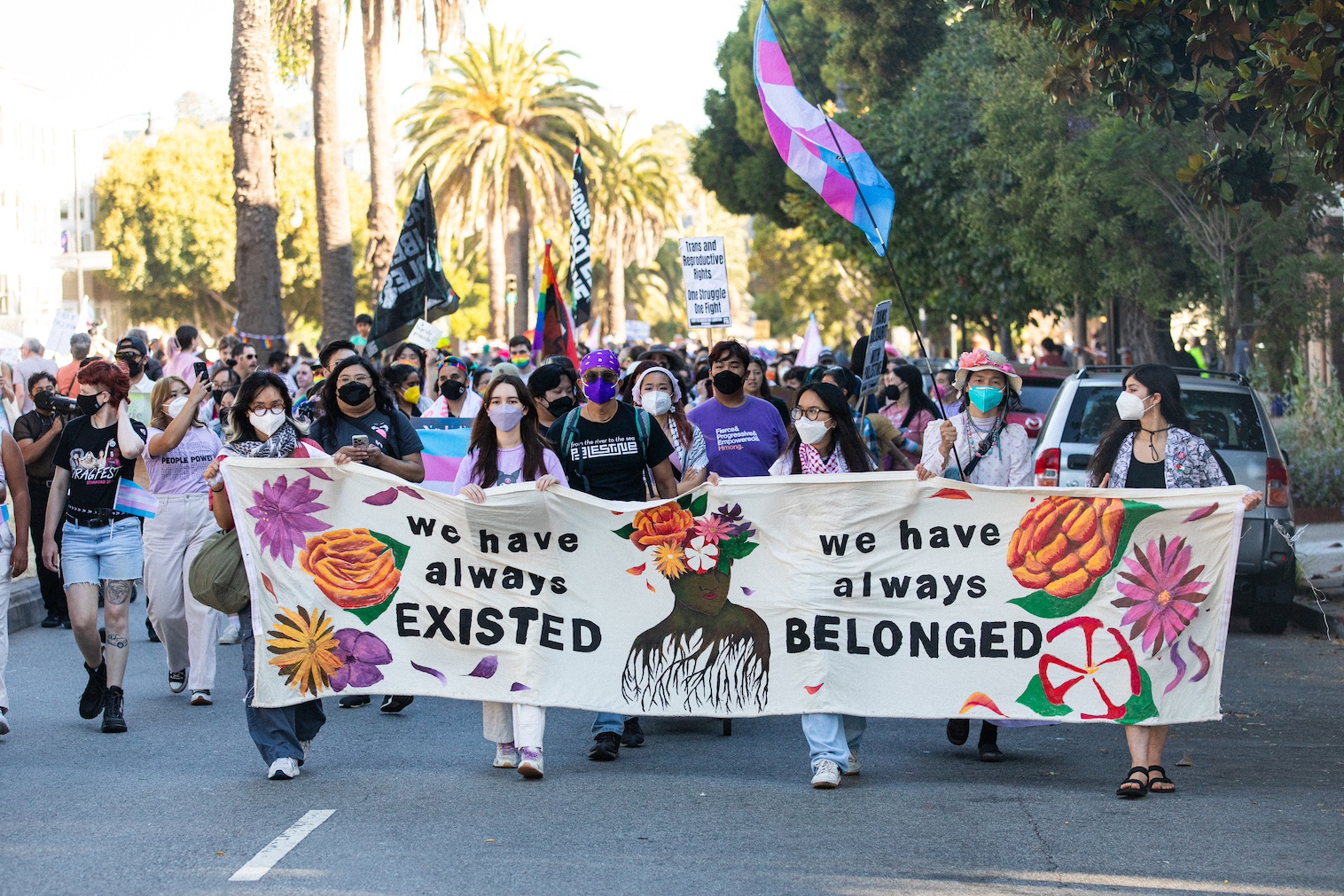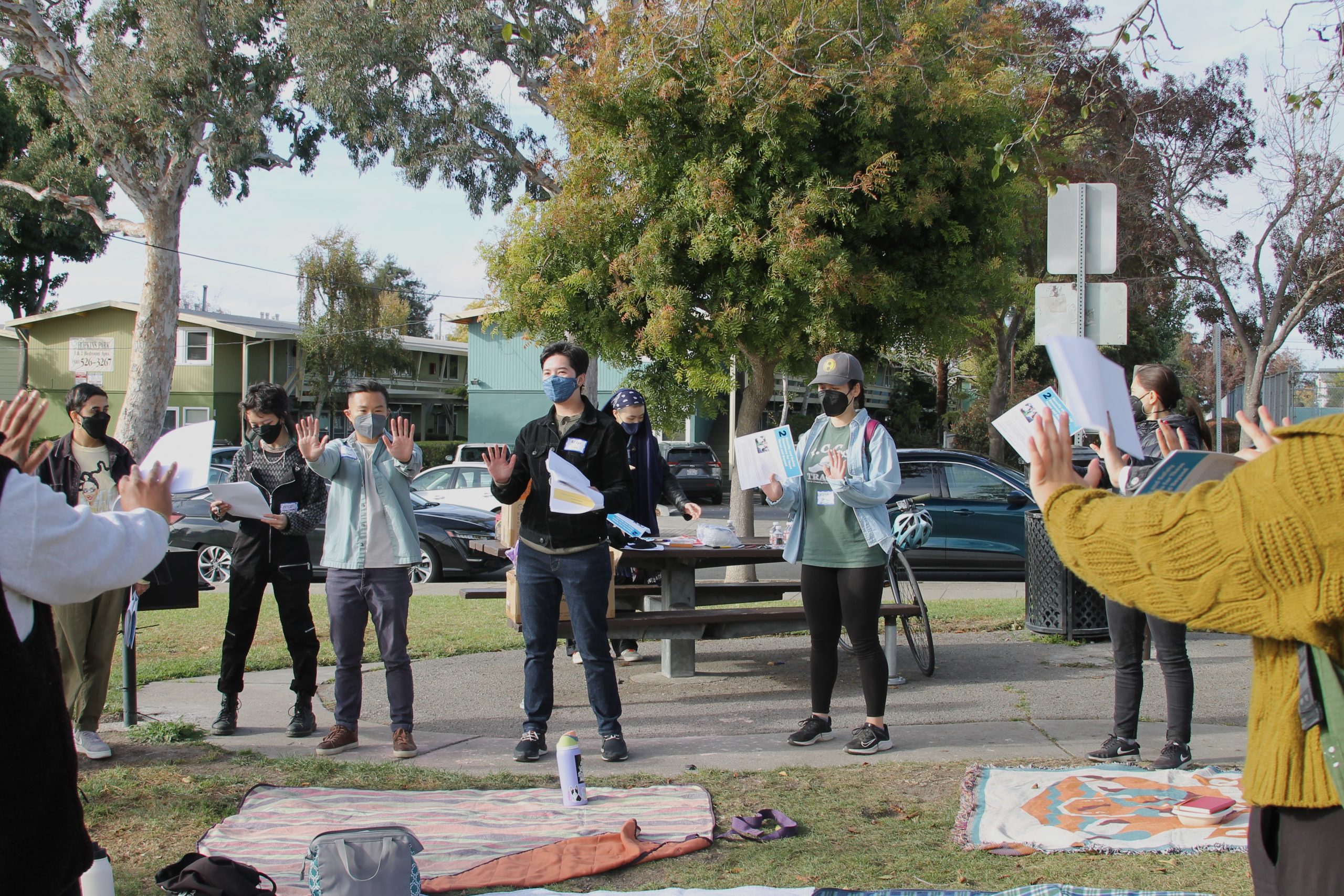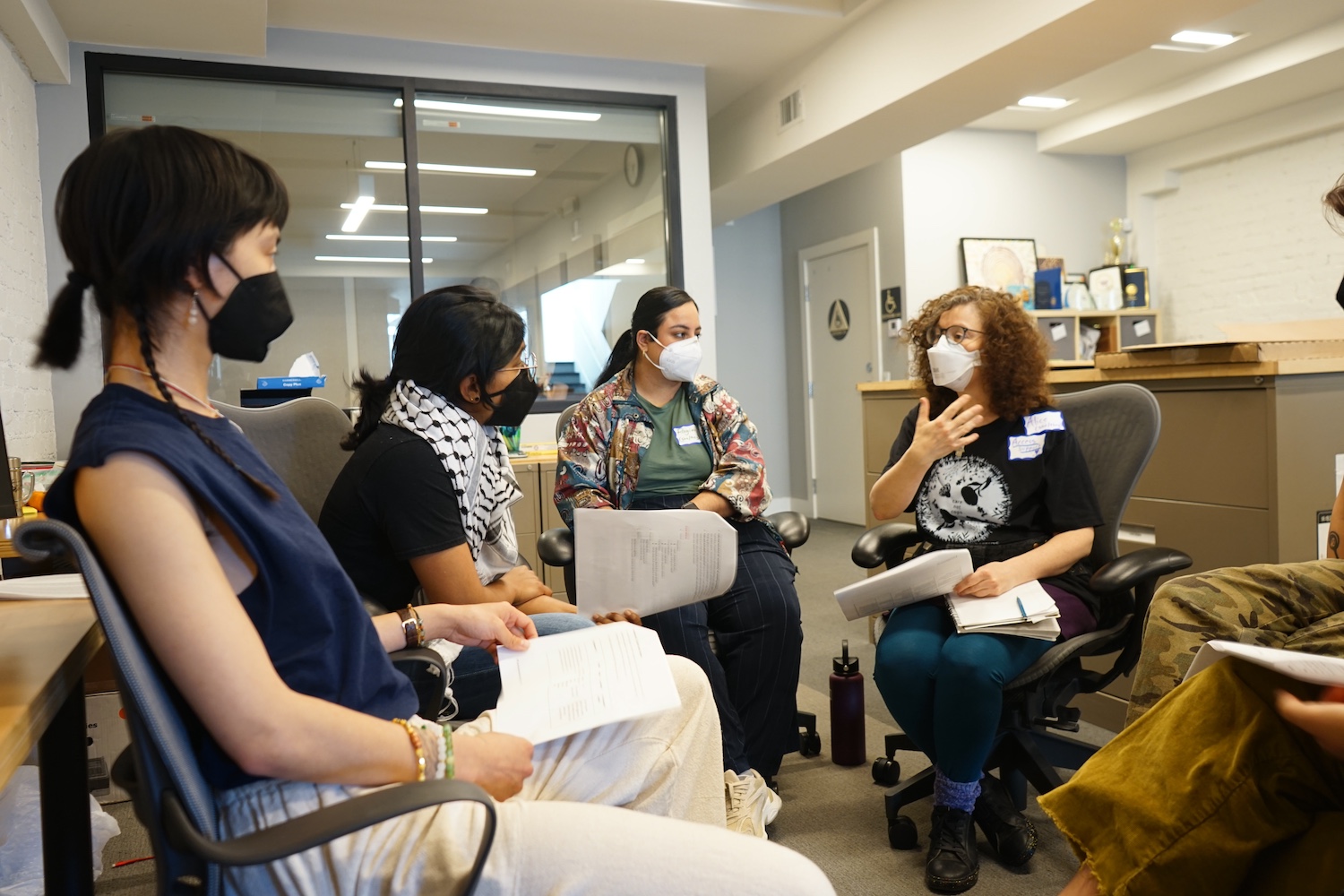
Curriculum
The Protect Our People: De-escalation Training is a facilitator-led two part training curriculum which offers an introduction to de-escalating situations of violence, conflict and harm. The curriculum was developed to center trans and queer BIPOC and is rooted in key Lavender Phoenix values: abolition, abundance, interdependence and self-determination.
The curriculum is comprised of two trainings, which can be led on separate days within 1-2 weeks of each other:
How To Use This Curriculum

Group Size
This training is designed to be facilitated by a team of 3-4 facilitators. It is also designed for large groups of 20-50 participants. Additional facilitators may be needed for the small group role plays, depending on the number of participants; we recommend 1 small-group facilitator for every 5-6 participants.
Facilitation Experience
This training is available for anyone who wants to support their organization or community to learn de-escalation skills. However, this training is most effective when led by facilitators that have experience in de-escalating situations in their lives and/or in direct actions and can draw on their lived experience to support the learning of participants. Ideally, facilitators should have previously attended at least one de-escalation training that covers some of the skill sets included in the training.
Adapting for Audience
This training was developed for Lavender Phoenix membership, and trans and queer BIPOC community. Please make a copy of the curriculum, and adapt the training to meet the specific needs & experiences of your organization or community. We ask that you still cite the original Lavender Phoenix curriculum as a source if it is adapted and used for your organization. Please let us know if you are leading this training with your community by emailing info@lavenderphoenix.org. We want to know who is using this resource and how!
Resources
Featured in Training Materials
Additional Resources
De-escalation, Bystander Intervention & Crisis-Response
Transformative Justice & Interventions
Abolition & Community Safety

